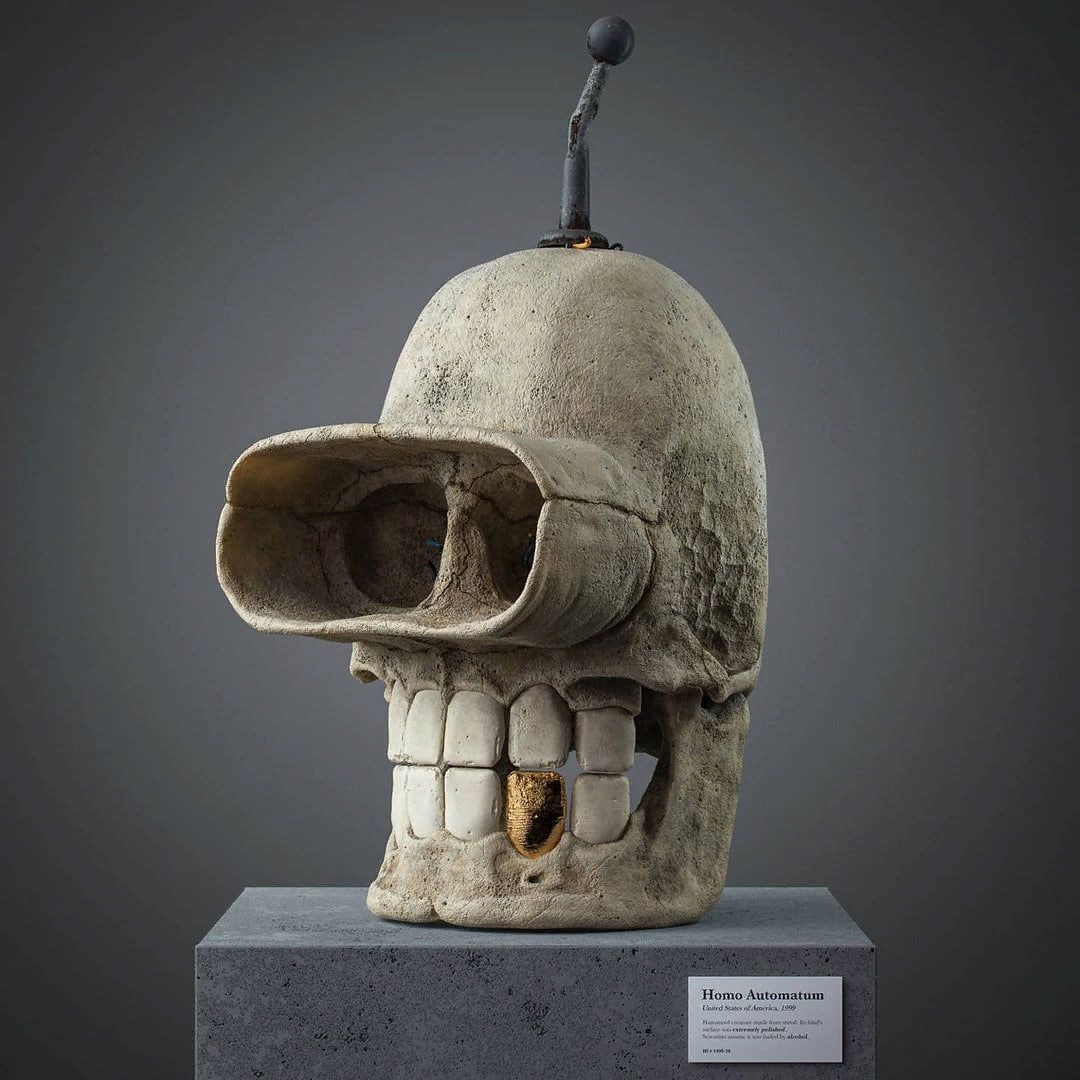The diagnostic test, known as a “PCR test,” works by detecting genetic material from SARS-CoV-2, the virus that causes COVID-19, in the nose and upper throat. A study that examined
false-negative rates post-exposure, found that during the four days of infection prior to symptom onset, the probability of a false negative on the PCR test went from 100 percent on Day 1 to 67 percent on Day 4. And even on the day individuals began showing symptoms, the false negative rate was still 38 percent, dropping to 20 percent three days after symptom onset. Of course, much depends on the
sensitivity of the particular test being used. MIT Medical is using a
test that has been shown to have a false-negative rate of less than 5 percent five days post exposure.
On average, symptoms of the virus develop five to six days post exposure, but the incubation period can be as long as 14 days. And, of course some people never develop noticeable or debilitating symptoms — hence the recommendation to self-quarantine and self-monitor for a full two weeks after any likely exposure.
https://medical.mit.edu/covid-19-updates/2020/07/when-should-i-be-tested



